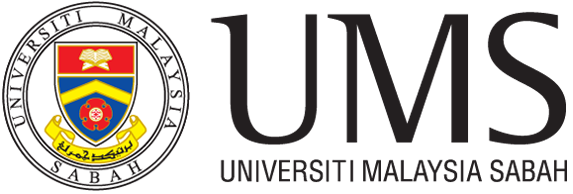Part 1 Effective Group Dynamics and Online Collaboration
Collaboration is the key to success in OPBL, and group dynamics play a vital role. The efficient distribution of roles within a group helps in creating a conducive environment for problem-solving and leads to effective collaboration. Certain factors need to be considered to ensure successful group dynamics and roles in the context of OPBL. These include identifying the strengths and weaknesses of each group member, defining clear roles and responsibilities, fostering open communication, and establishing a sense of accountability. By considering these considerations, OPBL can be more effective and engaging for all participants.
These are some key points that will be helpful for effective learning objective alignment.
- Formation of Diverse Groups: Form groups with diverse backgrounds, skills, and perspectives to enrich the problem-solving process. Diversity can lead to more comprehensive discussions and innovative solutions.
- Clearly Defined Roles: Assign specific roles to each group member to distribute responsibilities and ensure active participation. Roles could include a facilitator, researcher, presenter, timekeeper, and synthesizer.
- Facilitator: The facilitator guides the group discussions, ensures that everyone has an opportunity to contribute, and keeps the group focused on the task at hand. In an online setting, the facilitator may also manage virtual collaboration tools.
- Researcher: The researcher is responsible for gathering information, conducting research, and finding relevant resources to support the group’s understanding of the problem. This role may involve exploring online databases, articles, and other sources.
- Presenter: The presenter is tasked with organizing the group’s findings and presenting them to the class. This role includes creating slides, preparing a summary, and effectively communicating the group’s solution or perspective.
- Timekeeper: The timekeeper monitors the progress of the group and ensures that discussions and activities stay within the allotted timeframe. This role is particularly crucial in virtual environments to maintain efficiency.
- Synthesizer: The synthesizer integrates information from various sources, summarises key points, and helps the group develop a cohesive solution. This role ensures that the group’s final output is well-organized and addresses all relevant aspects of the problem.
- Communication Guidelines: Establish clear communication guidelines for the group. Encourage the use of online collaboration tools, video conferencing, and discussion forums to facilitate communication. Define expectations for response times and frequency of updates.
- Regular Check-Ins: Schedule regular virtual meetings or check-ins to monitor progress, address challenges, and provide guidance. Online platforms such as video conferencing, chat, or discussion forums can facilitate communication and collaboration.
- Encourage Peer Evaluation: Implement a peer evaluation system where group members provide feedback on each other’s contributions. This encourages accountability and ensures that everyone actively participates.
- Adaptability to Online Tools: Familiarise students with online collaboration tools and platforms. Ensure that group members are comfortable using virtual communication tools, file-sharing platforms, and other technologies essential for online collaboration.
- Promote a Positive Online Culture: Foster a positive and inclusive online culture within groups. Emphasize the importance of respectful communication, active listening, and valuing diverse perspectives in the virtual environment.
- Address Challenges Promptly: Be proactive in addressing any challenges that may arise within groups. Guide conflict resolution, and encourage open communication to maintain a positive and productive group dynamic.
Empowering our students through effective online collaboration is key to unlocking their full potential. By implementing these strategies, educators can create a dynamic and engaging learning environment that fosters meaningful contributions, collaborative teamwork, and transformative learning experiences.

